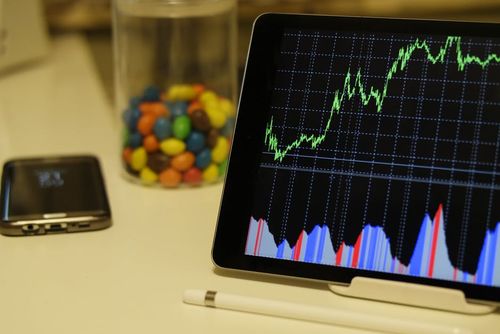When considering securities to trade, a potential approach is to consider the volatility, as well as the liquidity of the instrument. Volatility describes the extent to which, as well as how frequently the instrument changes price.
Volatility gives us a good glimpse at the risk associated with an instrument, as well as how much opportunity there is to profit from price changes. Liquidity refers to the ease in which an order can be carried out without significantly influencing a major change in price.
There a several metrics we can take a look at to measure liquidity. Firstly, a tight bid spread (a bid spread refers to the difference between the highest buying offer and the lowest selling offer) can be indicative of abundant liquidity. This concept is known as width. Similar to width is depth, which describes how deep the market is – i.e the number of orders beyond the best bid and best offer. Immediacy is a measure of speed, and indicates how quickly a given large market order can be fulfilled.
Finally is resiliency, which describes how long it takes the market to revert back to its original state after a large market order is carried out.
To gauge an instrument’s liquidity and volatility, one can look at the Average Daily Trading Volume (ADTV), which quantifies the number of shares traded over a given period of time, as well as the Average Daily Trading Range (ADTR), which quantifies the difference in the high and low prices of an instrument over a given period of time.




